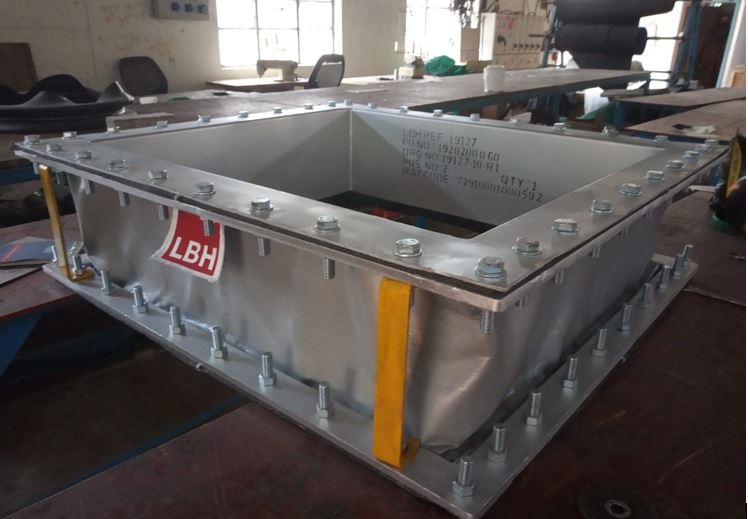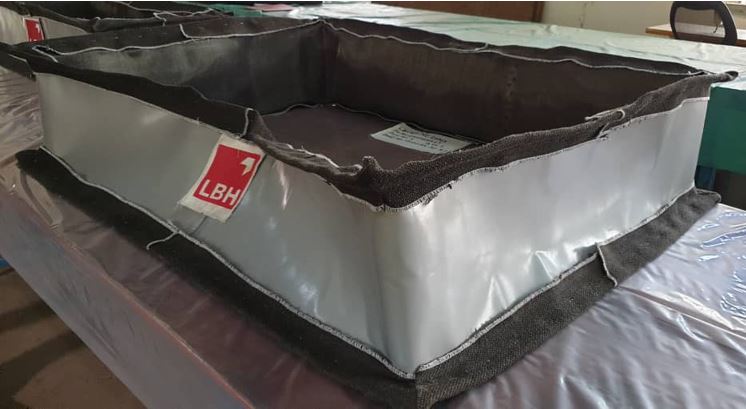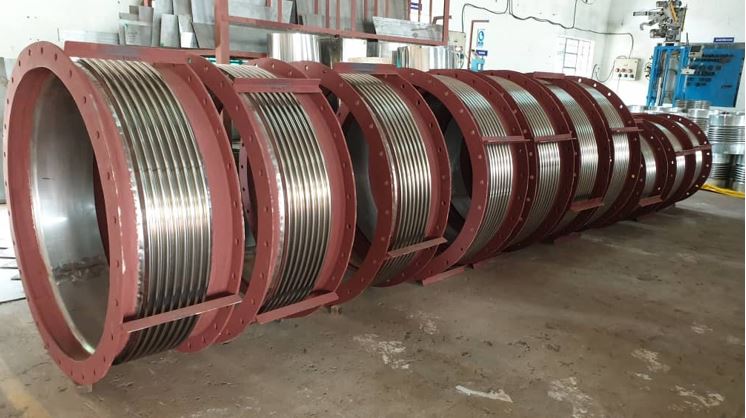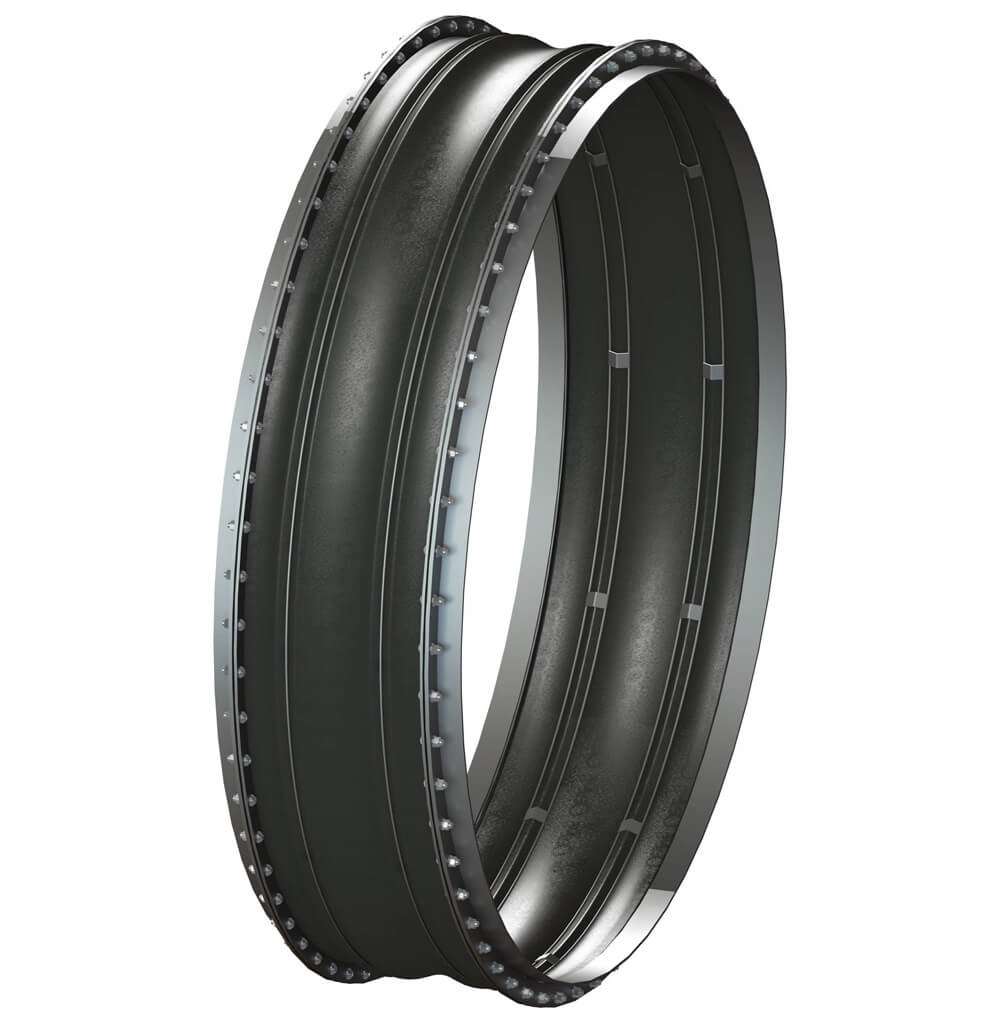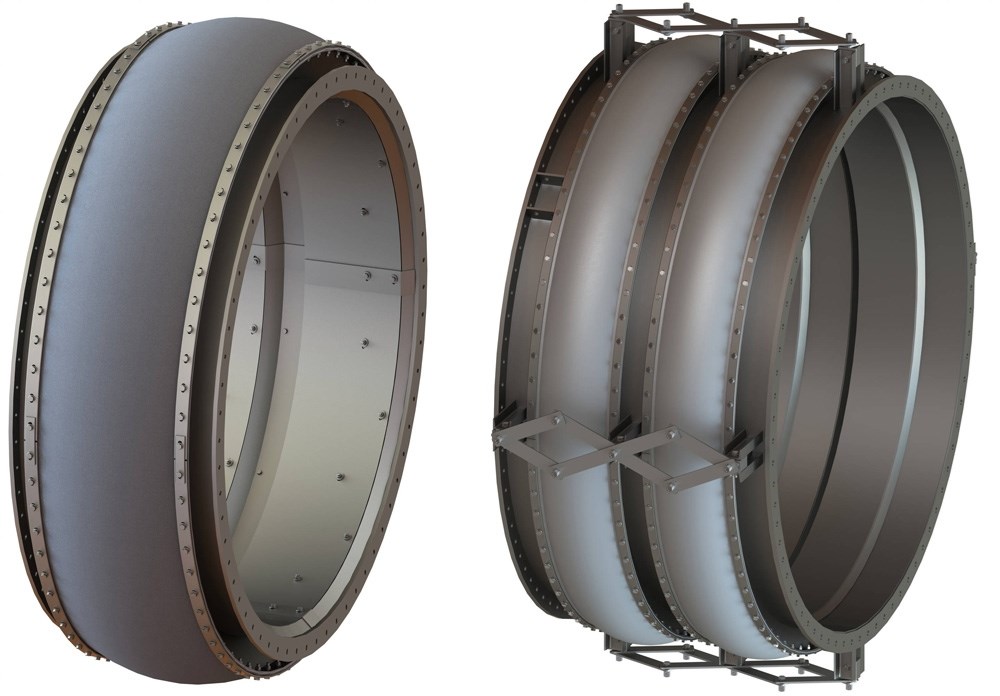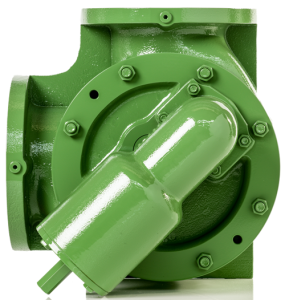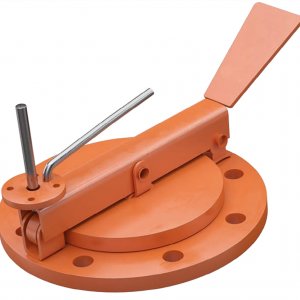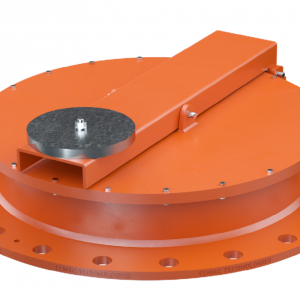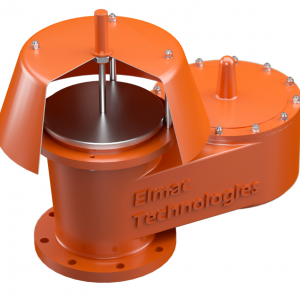PRODUCT
LBH Expansion Joint
GTX™ Expansion Joints is the LBH brand name of Fabric Expansion Joints for Gas Turbine EXhaust systems, and is a narrow range dedicated to solve the severe conditions related to gas turbine applications in diffusers, exhaust plenum, dampers inlet and outlet, by-pass stacks and boiler inlet (HRSG), where increasing demands are being made to working life and more specifically:
Movements compensation Acoustic features- sound reduction Temperature reduction and max surface temperature Increasing ramp conditions
Description


APPLICATION
GTX™ Expansion Joints is the LBH brand name of Fabric Expansion Joints for Gas Turbine EXhaust systems, and is a narrow range dedicated to solve the severe conditions related to gas turbine applications in diffusers, exhaust plenum, dampers inlet and outlet, by-pass stacks and boiler inlet (HRSG), where increasing demands are being made to working life and more specifically:
Movements compensation Acoustic features- sound reduction Temperature reduction and max surface temperature Increasing ramp conditions
LBH Expansion Joints Type GTX™ are used in all types of gas turbine plants onshore and offshore.
Illustration shows typical onshore Combined Cycle Gas Turbine Plant with by-pass installation and HRSG inlet and outlet, where temperatures with todays technology ranges from 550ºC-650ºC (gas turbine outlet) to 200ºC-300ºC (HRSG outlet). On the inlet side of the gas turbine is installed LBH Elastomeric Expansion Joints with good acoustic characteristics. This product is presented in separate leaflet for LBH Elastomer Expansion Joints.
Offshore application is “system wise” in general more simple than onshore, as installation typically limits to turbine- and generator enclosure, vent system and exhaust system from exhaust collector to stack. Illustration shows typical offshore gas turbine plant.
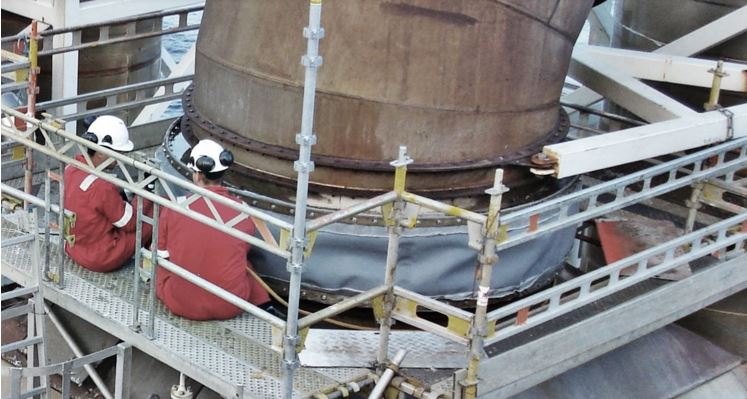
CONFIGURATIONS
LBH GTX™ Expansion Joints are available in various frame designs and fabric materials (“Bellows”). All standard designs can be modified to suit customer requirements; however LBH will not compromise our basic design philosophy to accommodate a design, which may reduce the life or safety of the units. Frame design – configuration – is selected based on the application and the initial frame design on site, which can be based on a hot or a cold mating flange. Our hot frames are designed to withstand the high thermal stress, that is caused by the temperature variation in the flange at start up and ramp conditions. In the following is shown the principle LBH solution for four typical frame designs.
INSTALLATION, SERVICE & MAINTENANCE
For safe installation is referred to either installation manual of LBH or similar from ESA. These will give detailed instructions of correct precautions from the moment of unloading the goods on site until the product is finally installed, checked and approved for operation.
GTX™ Expansion Joints are wear parts and must be inspected regularly and minimum once a year acc. to LBH maintenance chart.
LBH supervisor team is available both for new installation, repair and replacements, and is also at disposal for maintenance check. LBH supervisors stand out as utmost experienced, flexible and capable of solving the most unforeseen (as well as foreseen) challenges on site. The supervisor team have undergone many hours of training, seminars and education for several different on site situations. For offshore applications exactly these skills are requested, as great experience and special training is required. In retrieving permission to enter offshore rigs following certificates are necessary; Basic Offshore Safety Course and additional Basic Safety Training for The North Sea Area / HUET (Helicopter Underwater Evacuation Training). Further to these basic education courses, the individual oil companies have their own requests for e.g. work permit and safe job analysis training. We strive always to have minimum two of our supervisors with updated certificates according to above.
